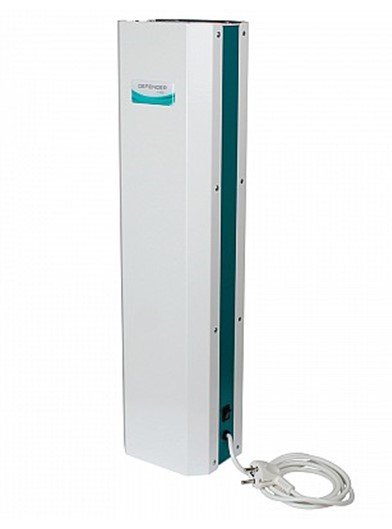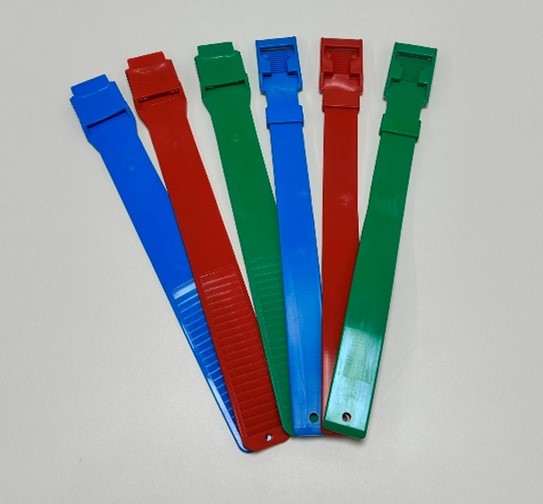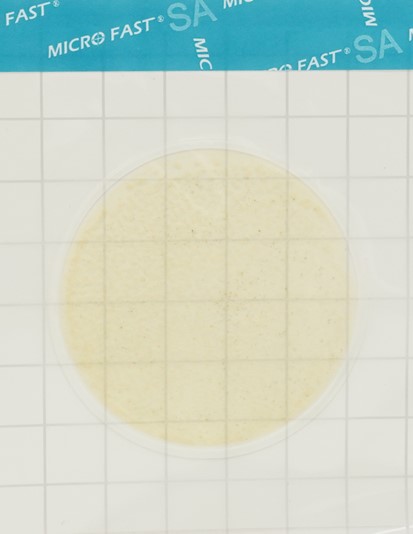The Ministry of Agriculture reminded about the deadlines for marking farm animals

“It is very important for us to ensure complete accounting and full traceability of all livestock. There are many different tasks here: this includes control over the movement and control over the elimination of animals,” emphasized Maxim Uvaidov, State Secretary - Deputy Minister of Agriculture of the Russian Federation, emphasizing the importance of this work. The Deputy Minister spoke at an all-Russian meeting in Kazan dedicated to the introduction of digital technologies in veterinary medicine.
DIRECTOR of the Veterinary Department of the Ministry of Agriculture Maria Novikova, speaking at the same meeting, noted that clear deadlines have been defined by which specific types of animals must be marked and registered. These deadlines are specified in Decree of the Government of the Russian Federation dated April 5, 2023 No. 550.
Thus, by September 1, 2024 , cattle and pigs, as well as poultry and horses in the industrial sector must be marked and registered . Before March 1, 2025, horses must be registered on private farms, and before September 1 of the same year - bees and fur-bearing animals, as well as camels, deer and rabbits in the industrial sector.
Before March 1, 2026, it is necessary to register all fish, and before September 1 of the same year - camels in private household plots, as well as birds, deer and rabbits in private farms and small livestock.
Maria Novikova added that labeling is also important for effective planning of animal vaccination and other anti-epizootic measures. “To plan these events competently, we need to understand how many animals we have, what age groups, how they move, and based on this we formulate a plan,” she commented.
At the end of November 2023, veterinary rules for marking and recording animals were issued in RUSSIA. These rules stipulate which marking means can be used for which animals. For example, cattle are subject to individual marking no later than 30 calendar days after birth. And if beef cattle are kept on pasture, then the animals should be marked no later than 91 calendar days after birth. For marking cattle, the new veterinary rules allow the use of tags, regular and electronic collars, electronic tags, implanted microchips, and intragastric implanted microchips (boluses). The document indicates how to correctly place markings. Thus, tags should be attached in the middle of the inside of the animal’s ear.
The veterinary regulations specify the properties that animal marking means must have. In particular, they must be resistant to temperature changes from –40 to +45 °C. For means used to mark fish, temperature differences are defined in the range from –3 to +36 °C. Marking means must be safe for animal HEALTH and ensure electronic and visual readability throughout the entire period of keeping the animal.
For marking and recording of animals, ROSSELKHOZNADZOR created the Horriot platform - this is a component of the VetIS system. Now data on farm animals kept at various livestock enterprises in the country and in private household plots is entered into Horriot.
Read together with it:
- В Раменском выведена новая порода кроликов — Великородская белаяЭто значимое событие обозначает первую отечественную породу, разработанную для племенного и промышленного производства за последние 60 лет. Глава Раменского муниципального округа Эдуард Малышев посетил институт, где директор, доктор биологических наук Глеб Косовский, провел ознакомительную экскурсию для почетных гостей. Институт служит научно-методической базой для разработки технологий в области ...




























































